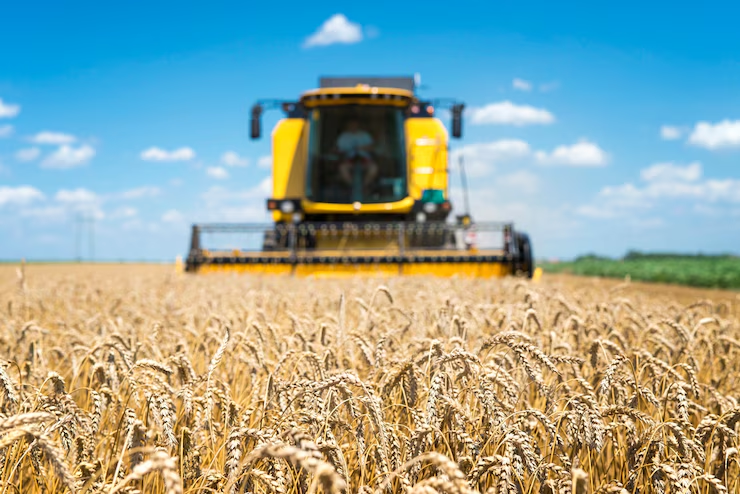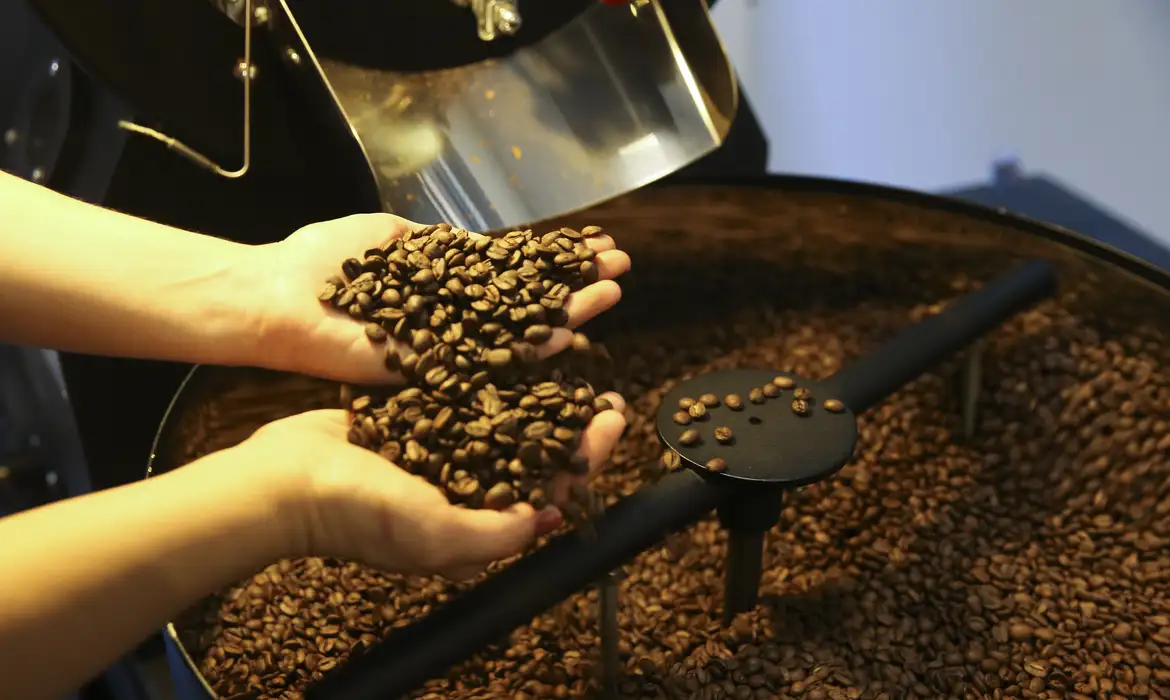Inmet: La Niña arrives in July; see impacts on Brazilian agriculture
The forecast indicates that the third week of June will be marked by the occurrence of rain in the North, Northeast and South regions, with showers that could exceed 60 mm in the first two regions and 70 mm in the South. In the North region, according to Inmet, The largest rainfall accumulations are expected to occur in the northwest of Amazonas, northern Pará, Roraima, in addition to areas in eastern Amapá with accumulations that may exceed 60 mm. In other areas, volumes must be less than 40 mm.
According to agrometeorologist and researcher at Embrapa Pecuária Sudeste, José Ricardo Macedo Pezzopane, the forecast for the arrival of La Niña in July shows that the excess rainfall that was occurring in the southern region of the country may decrease. “To the south of the country, there is a tendency towards a reduction in the excess rainfall that was occurring. This, in a way, will begin to provide a return to agriculture for the region, which was greatly impacted by the rains”, he highlights.
The forecast for the North region, on the contrary, is that rainfall will increase from next month with the end of El Niño.
The Boy and The Girl
El Niño is characterized by the abnormal warming of the waters of the Pacific Ocean in its equatorial portion and occurs at irregular intervals of five to seven years, with an average duration that varies between one year and one and a half years. La Niña is characterized by the cooling of water temperatures in the Pacific. José Ricardo Macedo Pezzopane highlights that, if the occurrence of La Niña occurs in the country, there could be impacts on agriculture.
“It causes some changes in the country’s climate regime and this affects agriculture. Especially in the South region, you have a decrease in average rainfall and an increase in rainfall in the north and northeast regions. Evidently, this impacts the country’s agricultural production potential, because the southern region is a large grain-producing region, so if the predicted La Niña occurrence actually comes true, we could have a spring and summer with below-average rainfall. average, but this is still uncertain”, points out Pezzopane.
According to the agrometeorologist, for the Southeast and Central-West regions there is no direct relationship between the occurrence of La Niña and the change in the region’s rainfall regime. “So this should not impact the production potential for the next harvest,” he says.
Check out the impact of the phenomena in each region:
- El Niño effect (intense): exaggerated increase in rainfall in the southern region of the country and a decrease in rainfall in the Northeast and North; from the country;
- La Niña: there is a decrease in rainfall in the South of the country and an increase in rainfall in the North and Northeast of the country.
“For the Central-West and Southeast regions of the country, historical data show that there is no direct relationship between the occurrence of these phenomena and changes in the rainfall regime”, highlights the researcher.
Next quarter
Specialist José Ricardo Macedo Pezzopane explains that weather forecast services for Brazil show that, for the next quarter (July, August and September), the rainfall regime will remain within normal limits for most regions. However, if La Niña materializes and with intensity, it could affect the rainfall regime.
“It may even seem like a paradox, because the southern region has been experiencing very high rainfall in the last two months. And if, in fact, in the coming months, rainfall is below average, this for the crops that are planted, could be a problem”, he says. “But it is still too early to make any kind of prediction, due to the effect of La Niña, a severe change in climate conditions”, concludes Pezzopane.
By Brasil 61




